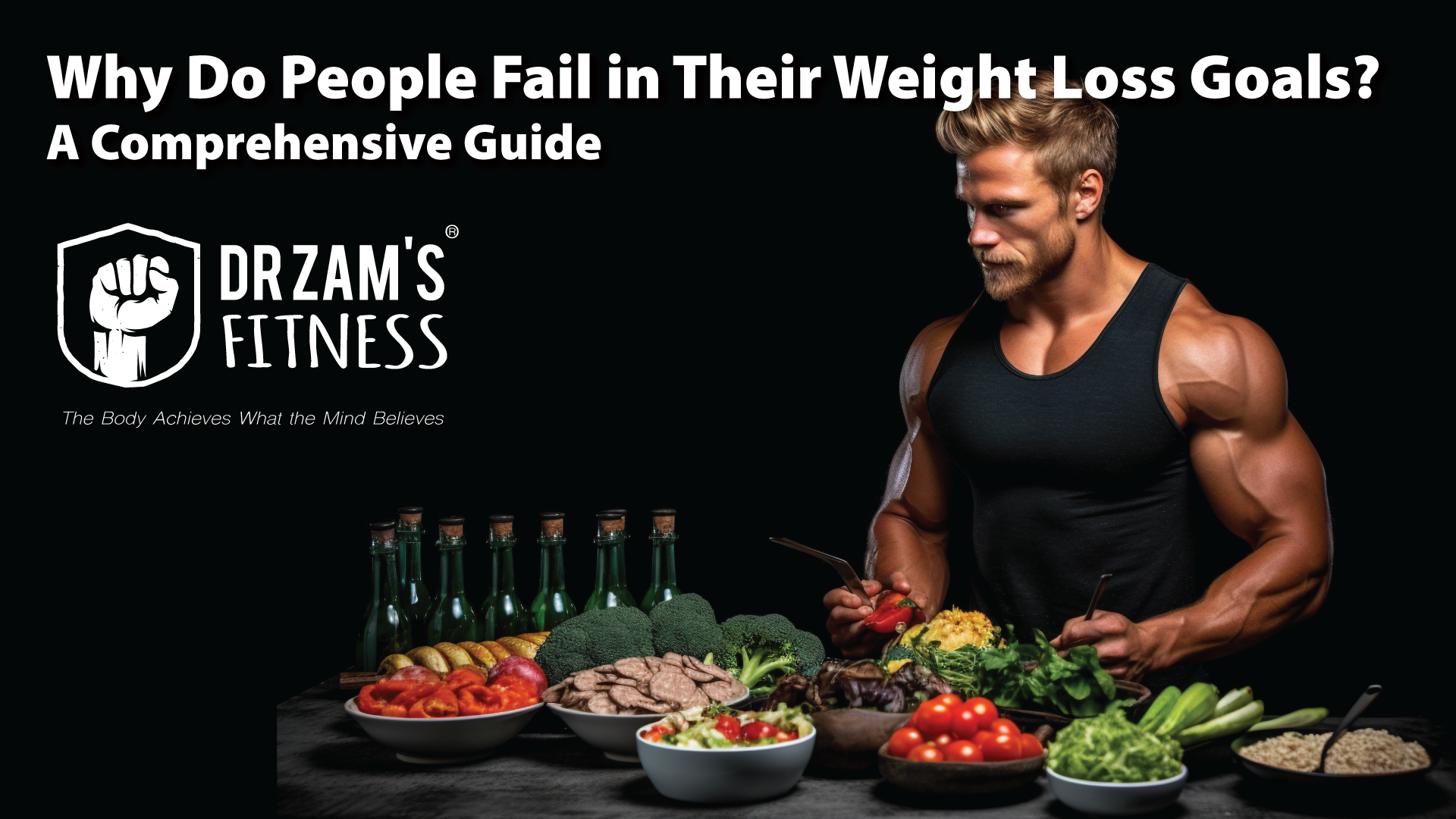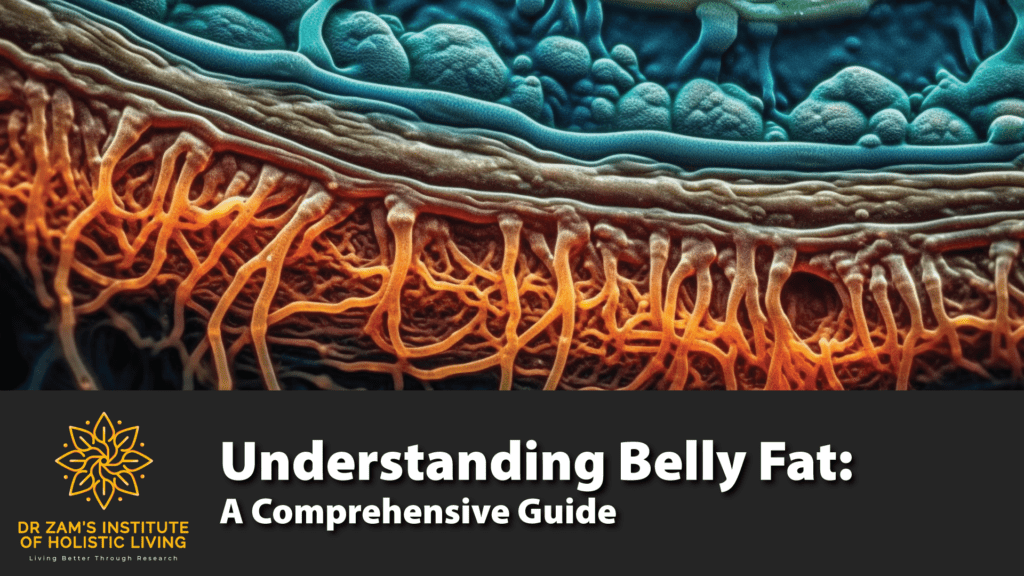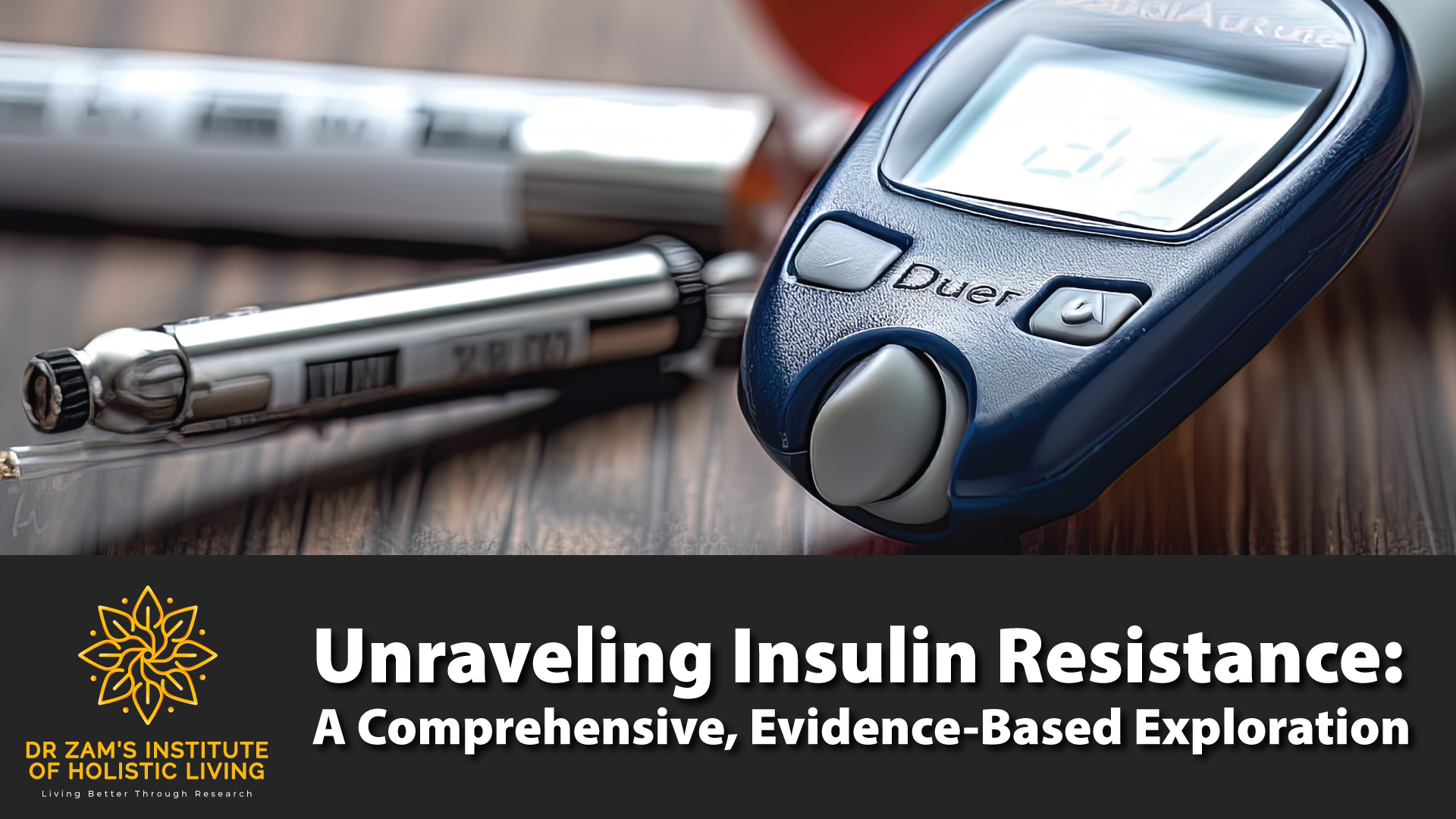

As the crescent moon shines in the night sky, signaling the joyous conclusion of Ramadan, Hari Raya Aidilfitri 2024 ushers in a period of celebration, reflection, and community. It’s a time when the essence of tradition blends beautifully with the spirit of giving. In this festive season, Dr Zam’s Enterprises Pte Ltd is proud to present a harmonious fusion of health, taste, and philanthropy through our esteemed brand, Oh Fatimah!, and the noble Hj Abdul Kadir & Hjh Fatimah Trust Fund.
The Sugar-Free Taste of Tradition: In the midst of festive feasting, Oh Fatimah! stands out by offering a unique, health-conscious choice without compromising on the rich, authentic flavors of Asia. Our range of Hari Raya Aidilfitri Goodies is a testament to our commitment to heritage and health. These delicacies are crafted meticulously, ensuring that every bite delivers the genuine taste of tradition, all while being sugar-free. This means you can indulge in your festive favorites, relishing the real flavors, and textures, without the added sugar.
A Tribute to Legacy and Community Support: The Hj Abdul Kadir & Hjh Fatimah Trust Fund, named in honor of my late parents, is the heartbeat of our mission to give back to the community. This trust fund diligently works to uplift needy families and individuals from low-income groups, addressing various social aspects of their lives. The essence of Oh Fatimah! is deeply intertwined with this mission, as proceeds from our Aidilifitri Goodies sales go directly to this cause. It’s more than just enjoying a treat; it’s about being part of a larger story of compassion and support.
Savor the Taste, Support the Cause: This Hari Raya, as you gather with loved ones, share stories, and create memories, consider making Oh Fatimah!’s sugar-free delights a part of your celebration. With each purchase, you are not just choosing a healthier lifestyle for yourself and your family but also extending a helping hand to those in need through the Hj Abdul Kadir & Hjh Fatimah Trust Fund. It’s an opportunity to embrace the festive spirit, enjoy the authentic, sugar-free taste of Asia, and contribute to a legacy of generosity and care.
Conclusion: In the spirit of Hari Raya Aidilfitri, let’s come together to celebrate the richness of our traditions, the joy of sharing, and the commitment to community well-being. Explore the delightful world of Oh Fatimah!, where each treat tells a story of culture, care, and compassion. Visit Dr Zam’s Oh Fatimah! to learn more and be a part of our journey of giving, tasting, and celebrating.
Let this Hari Raya be a reflection of our shared values – where every treat savored is a step towards a sweeter, healthier, and more supportive world. Selamat Hari Raya Aidilfitri!








